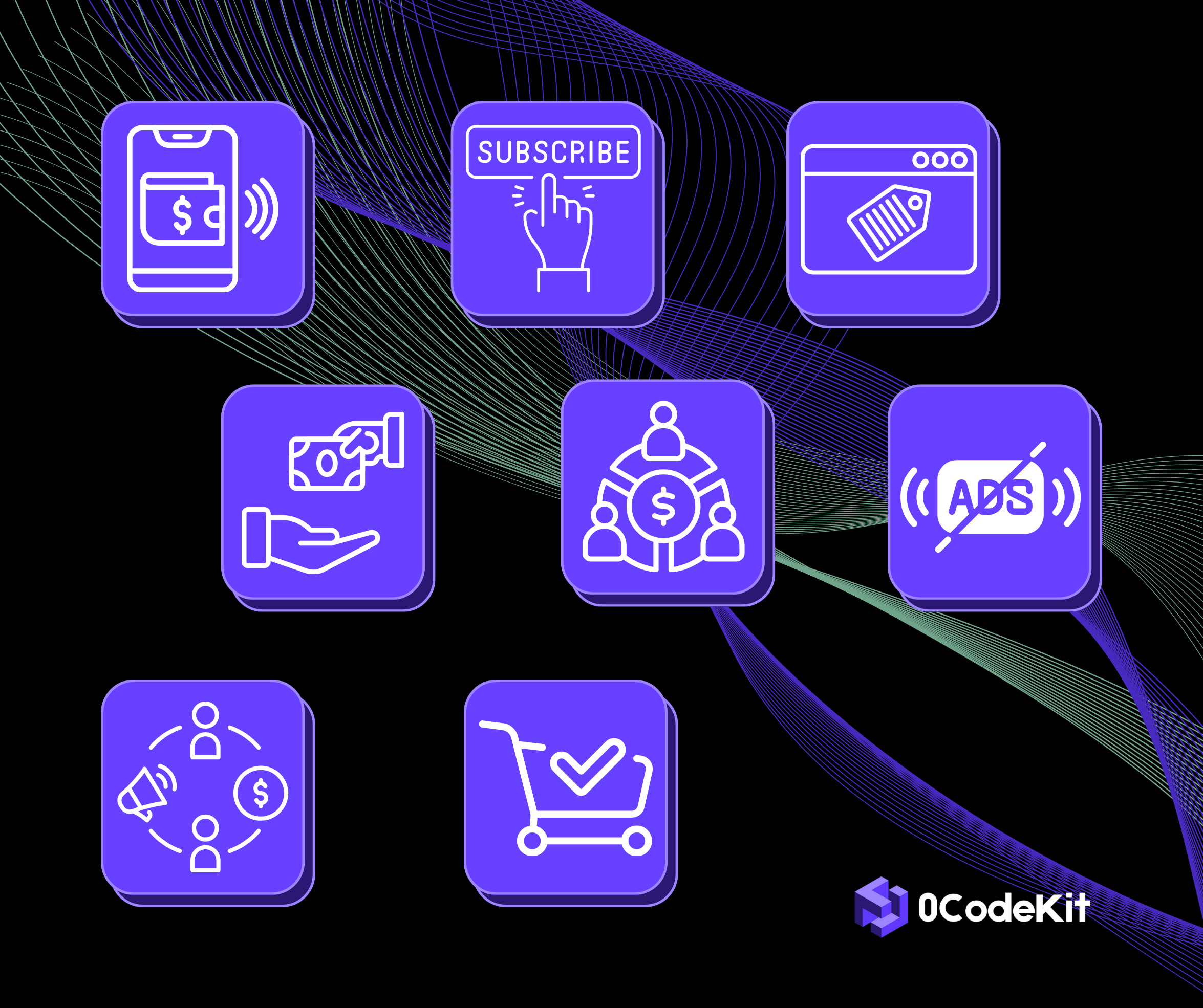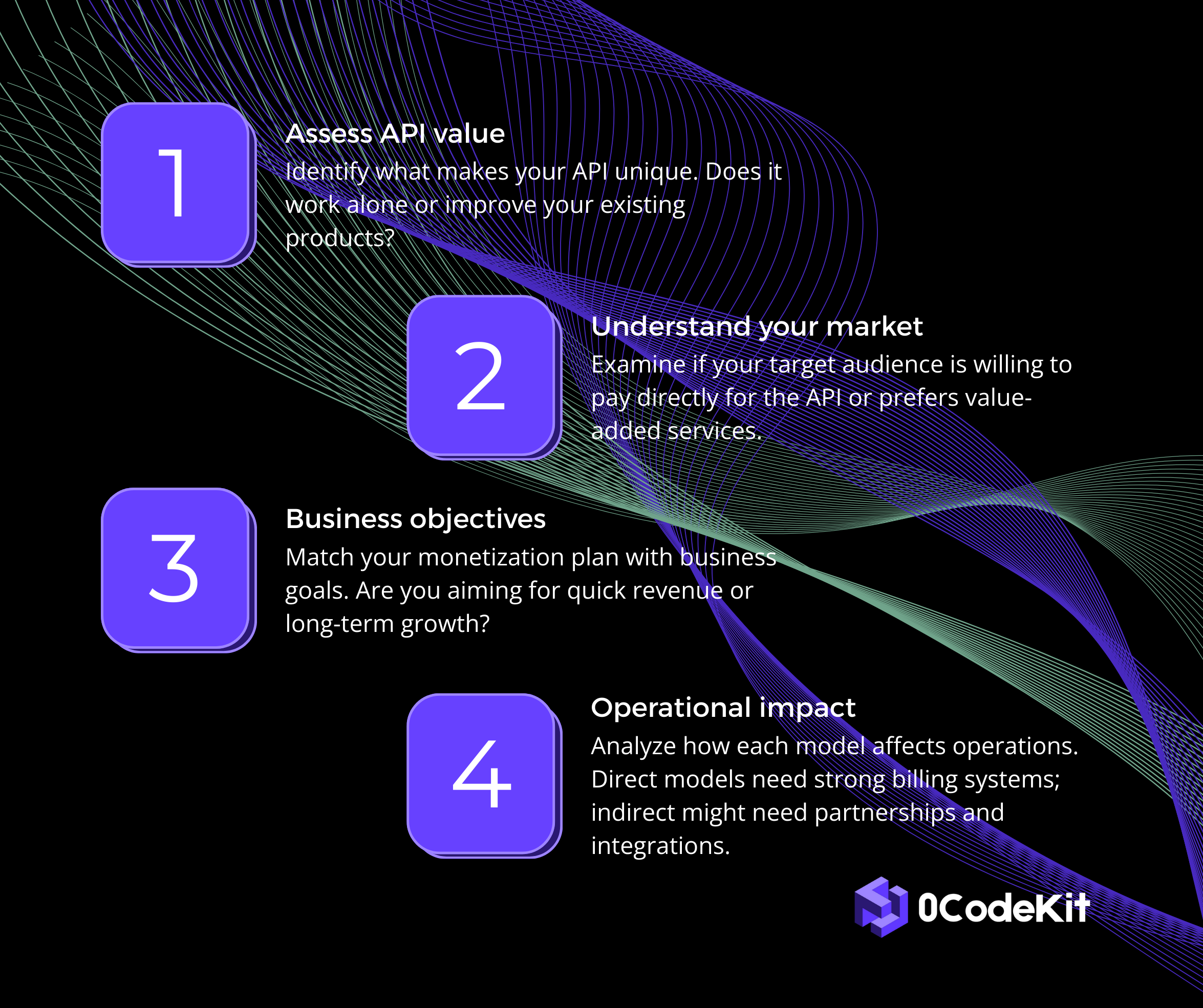API Monetization Models an Strategies


API monetization is the act of capturing value from an Application Programming Interface (API), which also means that businesses can make money through their APIs using various pricing policies. Developing a business strategy for APIs is necessary since it defines the processes for delivering value to consumers and encouraging their confidence in the product. As the API economy is growing, it is critical for industries to effectively outline a monetization plan to find new revenue sources and sustain their competitiveness.
However, for monetizing an API to potential buyers, it is crucial to measure the API’s worth. This is commonly accompanied by identifying how developers, who are the primary consumers of APIs, will benefit from it. The most crucial factor to a successful API business model is to incentivize developers through the provision of functional, reliable, and user-friendly APIs. Targeting the developers' needs and preferences can help achieve higher levels of adoption and thus build sustainable revenue from APIs.

Description: It has a usage-based model for charging its users per the number of API calls made.
Benefits: Such a model is particularly suitable for API business models because it directly connects API revenue to usage, especially for APIs that have steady, consistent demand. There is also the aspect of flexibility on the amount that users must pay, since it is based on usage, thus making the product reasonably priced depending on the needed usage.
Ideal for: Long-standing digital businesses that have products that contain APIs for delivering useful information or offering specific services.
Description: Service providers charge clients perpetually, and this could be daily, weekly, monthly, or even yearly for the API.
Benefits: It is advantageous to the API provider in a way that they will be able to receive a steady income regularly without having to deal with issues, while the users can access the features without worrying about charges per call.
Ideal for: APIs that provide constant benefits and crucial features but do not contain a significant amount of content that may result in unknown charges.
Description: Users get a free basic API with possible restrictions on usage, characteristics, or API access to materials.
Benefits: The free version is also available, which can be tested before migrating to the paid model, which is highly beneficial for startups and small-scale businesses. For API providers, it’s a great opportunity to create a large base of customers, while the income is derived as these customers migrate to a higher subscription level for additional functionality or a higher limit.
Ideal for: For those who need more capabilities in their application, or who get more calls per day or hour, can change to paid plans.
Description: The API charges the users for every transaction done through the API.
Benefits: It directly associates the revenue generation of the API provider with the business success of the user, which is mutually beneficial.
Ideal for: APIs where the value of each request is considerable, e.g., a payment gateway API or an API for an online shop.
Description: The revenues that come through the API are split between the API provider and the developer.
Benefits: It encourages the developers to market and use the API frequently since profits depend on the API sales. In addition, it fosters a win-win partnership approach, whereby both players aspire to improved usage and more volume transactions.
Ideal for: When the use of the API leads to immediate sale, or any other business-related activity that results in the generation of income.
Description: It includes providing an API that provides content supported by advertisements, but the client can pay to remove these ads.
Benefits: This strategy enables the API provider to generate revenue both from users who use the API for free and from those who must pay for it, thus ensuring the API meets concurrent users’ demands/requirements.
Ideal for: Applications that might require a high number of requests, like news or media APIs, with minimal cost per request.
Description: The API provider earns commissions from third-party services where the API is being used.
Benefits: It capitalizes on the traffic and activity of the API and other channels to develop new streams of income. It also hints at incorporating the API into applications that prompt users into action and purchases.
Ideal for: APIs that interact with other services or marketplaces.
Description: This means that they offer a one-time fee for the usage of the API for an indefinite amount of time.
Benefits: It generates instant earnings for the API provider and can efficiently dispose of the constant billing and subscription procedures. It is especially helpful for APIs that present static information or data that does not change and provide value continuously.
Ideal for: APIs that do not need to constantly be modified or fixed.
